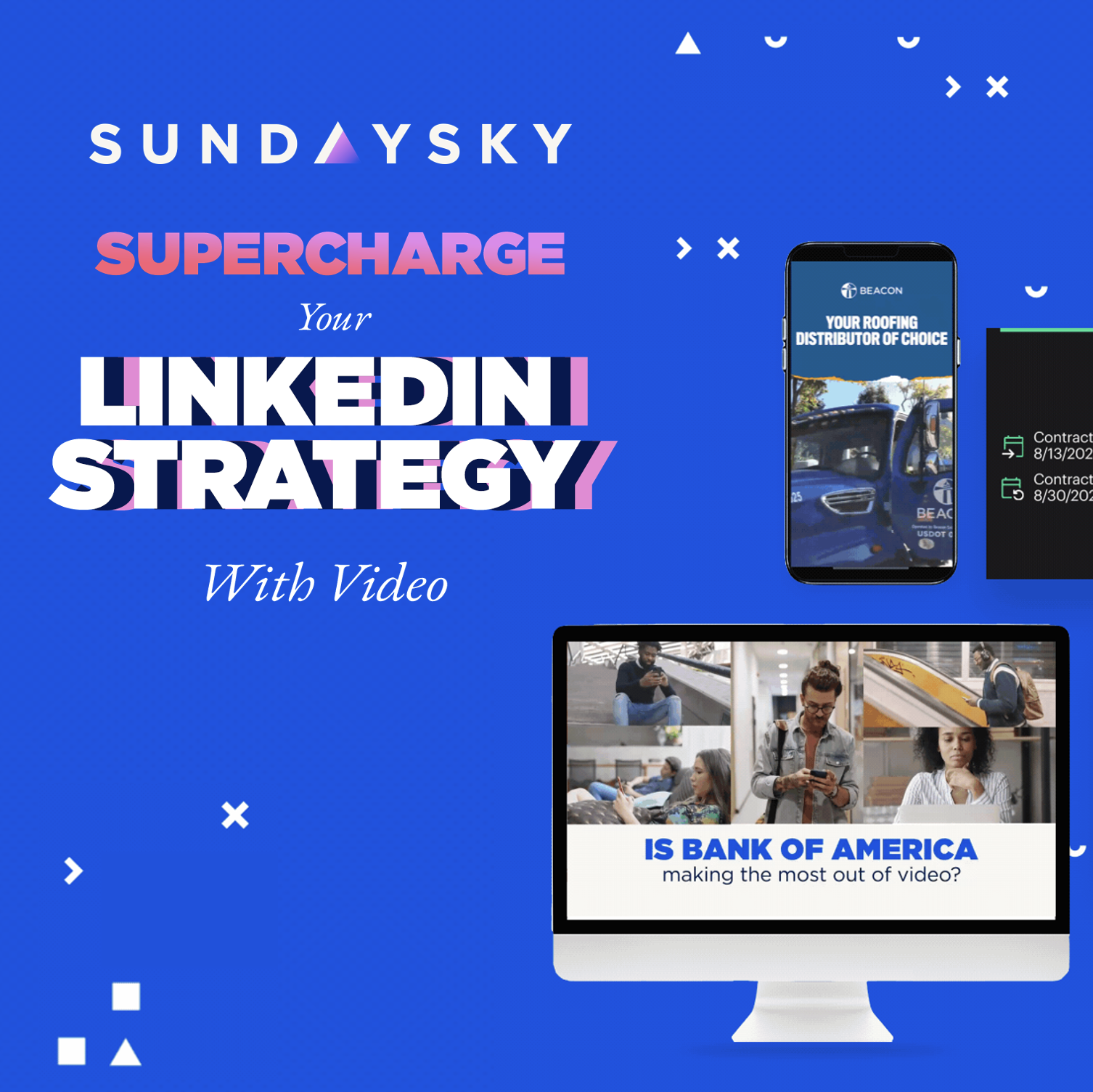In the ever-changing, cord-cutting and consolidation-heavy world of cable and telecommunications, MSOs and telecoms are stuck on the issue of stickiness. Brand loyalty is the goal, but customer erosion is the risk with the constant merging of companies and “e-merging” of new technology.
Let’s face it: attracting and retaining customers has always been a tricky situation, but the fragmented climate is more perilous than ever.
In this age of the customer, it is crucial to provide personalized experiences at all touchpoints in the consumer lifecycle, and MSOs/telcos have the unique opportunity to do this with personalized video at scale. From our experience working in the category, here are 7 ways in which MSOs and telecoms can switch the dial from tricky to sticky:
-
Personalize the speed test results
A speed test reveals the actual performance of a customer’s cable/phone/internet service in their home and provides troubleshooting information and advice. The challenge is how to make the speed test a value-add to the customer, offering education on how to use this tool and what its results mean. In the traditional approach, the speed test leads to a series of text links that brings the customer to a long-form description of troubleshooting issues and upgrade options. However, this is time-consuming to read and doesn’t offer sufficient explanation for service problems. A more effective solution is to translate the speed test results into a video with personalized content. Tell the customer’s story with a scene for each relevant topic (speed of connectivity to the house; speed of connectivity to the devices; type of modem/router and optimal capacity; devices on the network and how it relates to capacity). Further, the narrative should branch into topics related to improving performance, including ideas for upgrading the modem/router.
-
Give tailored recommendations on features and content
MSOs and telcos accumulate a plethora of analytics on the features and content used by their customers. Here lies a great opportunity to suggest new features that are not only the most popular among all consumers, but also those of specific interest to each individual. Have a next best action personalized video in place to drive a stickier customer relationship. A call-to-action can be sent via email and made available via set-top widget or interstitial and in the portal and mobile app. As a model, Netflix’s recommendation service for movies and television shows constantly refreshes the customer engagement with the platform.
-
Provide relevant technical support
Too many times the customer care department of an MSO or telecom hears the same comment: “I just had a technician at my house to fix my internet setup, but I’m not sure what he did, in case I need to do it again in the future.” Typically, the technician instructs the customer on the troubleshooting and break/fix process while at the person’s home or business, but this is costly and varies greatly in the quality of the one-to-one communication. Why not have a video library of scenes showing how to troubleshoot each type of scenario for each device and situation? While on site with the customer, the technician could go through a checklist, click ‘play’ and have a video dynamically created for the specific issues to be addressed. The viewer only needs to look at relevant real-time content on a set-top box or tablet device. There could even be a post-visit follow-up requirement for the customer to confirm that the technician generated the personalized video, as a means of validating the overall experience.
-
Empower the customer with video
Incorporating dynamic interactive video into a customer’s personal account management makes for a more enriching digital interaction, which in turn drives stickier customer behavior. AT&T, for instance, has taken a multi-phased approach toward this initiative, beginning with the search bar on its home page. When customers type in the keywords ‘make payment,’ they receive a short, personalized video with the option to choose the best way to make a digital payment.
-
Pay attention to customers during conversion
These days MSOs and telecoms stand at a crossroads between being absorbed by a larger conglomerate or going OTT (via Netflix, streaming media, limited bundles, Sling TV and other services). When consumers’ cable/phone/internet packages are transferred to a new parent company (like the shift from Suddenlink and Optimum to Altice), those existing customers should be treated equally as new subscribers. This will prevent confusion about billing and account offerings. The first 90 days of service are the most critical during this period, and a company’s conversion needs to be properly communicated to consumers to ensure a smooth transition and avoid churn. A personalized story explaining the shift, the new billing, the new provider and the upside that comes with the conversion should be highlighted ahead of the actual conversion process.
-
Onboard customers with purchase suggestions
Want a great camera on your phone? Are you devoted to an IOS operating system? Are video and texting a high priority for you? Buying a phone or mobile device is a decision laden with questions, since every person values different functions and features. The tried-and-true method for shoppers is to visit a store, tell an employee their wish list and ask for device recommendations based on what’s available. But this in-store visit can be wasteful on both sides of the aisle. The same value can be delivered online with an interactive “recommendation that’s right for you” video. Data-driven video that asks customers what drives their purchase or desire to comparison-shop can help narrow down the options of a phone or mobile device.
-
Remind customers of their history
A personalized and shareable “Year In Review” video in December – summarizing a customer’s year-long participation in perks, benefits and rewards programs, wireless usage, social media activity and content history – engenders warm feelings in customers toward their MSO or telecom provider, particularly during the feel-good holiday season.
If MSOs and telecoms want stickiness out of customers, it’s their responsibility to stick to customers. Such stickiness is only possible with a more personal and interactive ethos in the marketing messaging. If customers believe they are being spoken to and attended to on a one-to-one level of engagement, they’ll stay with their service provider through thick and thin – instead of feeling left on the short end of the stick.







